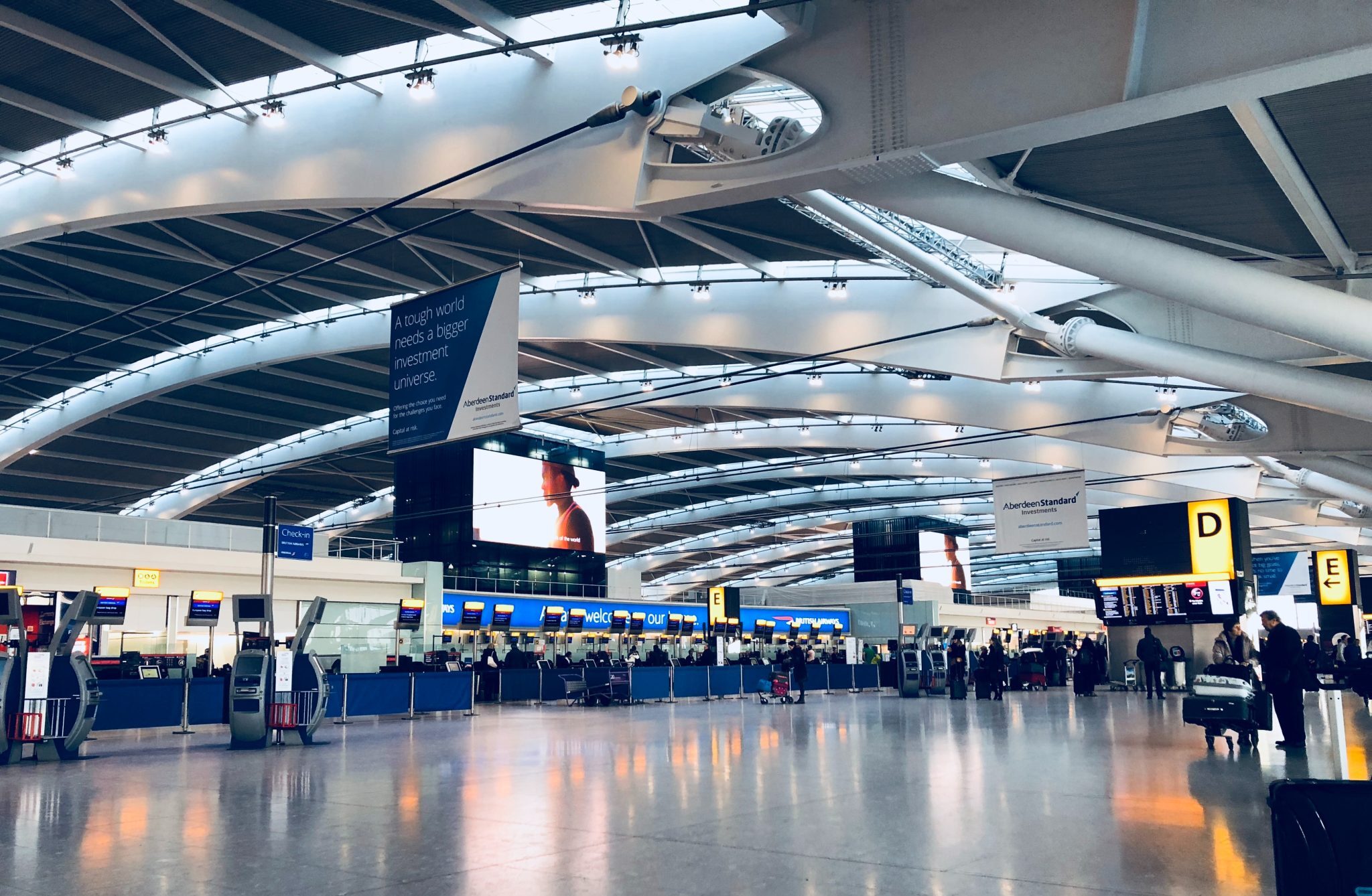Presumably the most well-known church in the United Kingdom, Westminster Abbey is well-known for hosting royal coronations, marriages, and funerals. The Abbey has a rich and diverse history, but for over a thousand years it has served as a place of worship. One of London’s most visited landmarks, the former Benedictine monastery has transformed into a major tourist destination. In this post, let’s learn about this iconic landmark in detail.
Table of Contents
ToggleHistory of Westminster Abbey
Beyond being a stunning example of architecture from the 13th to 16th centuries, Westminster Abbey is also a unique display of British history, with its shrine to St. Edward the Confessor, tombs of kings and queens, and many other honours to famous and important people. Countless royal events, including sixteen royal marriages and every coronation since 1066, have taken place there.
To this day, Westminster Abbey is still a house of worship where the country gathers to remember and honour its founding fathers and other notable figures. Rather than being a parish church or cathedral, Westminster Abbey—also called the Collegiate Church of St. Peter, Westminster—is a “royal peculiar” that is governed by a dean and chapter. No archbishop or bishop may touch it; the king alone has control.
The UK considers it a legacy
The most significant cathedral in England, its majestic and historic structure has hosted every coronation since William the Conqueror’s in 1066. Fifth anniversary of Queen Elizabeth II’s coronation: June 2, 1953. The church was first built as a Benedictine abbey more than a thousand years ago. It was rebuilt by Edward the Confessor in 1065 and by Henry III again between 1220 and 1272, making it a famous Gothic masterpiece around the world.
In 1560, Queen Elizabeth I re-founded it on the site of a previous Benedictine monastery as the Collegiate Church of St. Peter in Westminster. Seventeen kings, including Mary I and Elizabeth I, were laid to rest at the Abbey, which was also known as the “House of Kings,” until 1760.
Characteristics abound throughout the Abbey
Even though not all of these people are buried inside the Abbey’s walls, it is filled to the brim with monuments and inscriptions that celebrate kings, queens, knights, authors, performers, composers, scientists, and statesmen. Among the notable individuals laid to rest here are the literary giants Charles Dickens and Rudyard Kipling, along with the poets Browning, Tennyson, and Chaucer. A grave belonging to the Unknown Soldier may also be found inside the Abbey. On the grounds of the church and cloisters lie some 3,300 caskets.
Westminster Abbey commemorates one individual, Thomas Parr, who lived for 152 years and 9 months, throughout the reigns of 10 kings. Charles I, King of England, had him laid to rest at the Abbey. During the 1785 Battle of Falkirk, Francis Ligonier courageously got out of bed to face the enemy. A beautiful plaque remembers him. He managed to stay alive throughout the fight, but he passed away from the illness not long after.
There’s a collection of world-famous landmarks curated here
Large, ornate, and constructed of high-quality materials, these structures stand tall and proud on each side of the River Thames in the middle of London. They symbolise the supremacy of the official religion, the monarchy, and the legislative system. The iconic Palace of Westminster, the iconic clock tower, and the recognisable sound of “Big Ben” have all come to represent Britain and democracy on a global scale. In terms of both appearance and function, the buildings all adhere to very realistic standards of accuracy.
Must-see things in the Westminster Abbey
1. The Coronation Chair
The world-renowned Coronation Chair is at St. George’s Chapel. More than 26 kings, including the legendary Henry VIII, Elizabeth I, and the present Queen Elizabeth II of England, have been crowned on the Coronation Chair. It’s a mediaeval chair dating back to the 14th century and the oldest piece of furniture in the kingdom.
For the coronations of English rulers, King Edward I had the stone that the Scots had used to crown their kings in the Middle Ages kept. England and Scotland hold the belief that the Scone Stone is the identical one that Jacob used to prop up his head in the Genesis dream of Jacob’s ladder, which adds to its value.
The stone was returned to Scotland by the British government in 1996 and is now on display at Edinburgh Castle. However, it will be given back to London for each future coronation.
2. The tomb of the unknown soldier
Located at the western end of Westminster Abbey is the tomb of the unknown soldier. It is here that the mortal remains of an unidentified soldier from World War I (1914–1918) were brought from France to England to be interred among the kings because, as the inscription states, “he did good to God and to his house.”
Numerous unidentified bodies were among the almost one million British troops who perished in the Great War. In their memory, Westminster Abbey commissioned the construction of this monument. Right now is your chance to see the most sacred and deeply moving part of the holy place.
3. The Lady Chapel
Located at the eastern end of Westminster Abbey, the Lady Chapel is a charming and beautiful little artistic gem that hosts the churches and delights tourists. Building on this shrine to the Blessed Mother started in the 1600s, during the rule of Henry VII of the Tudors. Being the last major work of English mediaeval architecture, it is very valuable.
Stunning carved golden pendants dangle from the fanlight-lit vaulted ceiling of the Lady Chapel. The Lady Chapel is a masterpiece of late mediaeval construction, which harmonises well with the rest of the chapel’s decor.
4. Pyx Chamber
Within its East Cloister is the Pyx Chamber, one of Westminster Abbey’s most ancient sections. As you go inside, you’ll be transported to the eleventh century, to the period of King Edward “the Confessor” and his desire to reconstruct the abbey that had been on this same spot—the very beginning of the church. Several tiles from the 11th century and the floor’s mediaeval tiles are still visible in the Pyx Chamber today.
Westminster Abbey’s inner chamber was formerly the royal Treasury, housing priceless artefacts, papers, and treaties pertaining to foreign affairs. The room’s secluded location made it the safest place in the city during that era.
5. The Chapter House
Among the many uses for this lovely chamber in the East Cloister were hosting daily business meetings, readings from the “Rule of St. Benedict,” and times of prayer for the abbot and monks. During the 1300s, the King’s Great Council met in the Chapter House. This part of Westminster Abbey was the start of English parliamentarianism. There were many 14th-century sessions of the House of Commons held here before they moved to the Refectory of the Abbey.
One of the octagonal features of the Chapter House’s design, which unfolds like a fan, climbs to the vaulted ceiling, making it an attractive sight for art lovers to see. Impressive stained glass windows and fresco paintings of apocalyptic images are especially worth mentioning.
6. Poets’ Corner
You will reach one of Westminster Abbey’s most visited areas, particularly among pilgrims who are passionate about literature, when you approach it from the north side. Over a hundred literary personalities have found peace or received accolades at Poets’ Corner.
In the same way that the poet Geoffrey Chaucer (author of “The Canterbury Tales”) did in the 1400s, many other famous writers, like Charles Dickens, Rudyard Kipling, Samuel Johnson, and Thomas Hardy, buried their dead. In the Poets’ Corner, you may see tributes dedicated to other famous English writers including William Shakespeare.
7. The Cloister Cloisters
One of the most picturesque parts of Westminster Abbey, the Cloisters, will be a part of your trip. The tranquillity and calmness they exude is immense. It will seem as if time stands still as you make your way through the cloister halls. In the thirteenth and fourteenth centuries, Benedictine monks from Westminster Abbey used cloisters as places for contemplation, physical activity, relaxation, and transportation between the many monastic structures of the abbey.
The first twelve monks arrived at Westminster in the ninth century from St. Dunstan, who was Bishop of London at the time. They remained until King Henry VIII disbanded the monastery in the sixteenth century, which is a curious circumstance.
8. The Royal Tombs
Westminster Abbey has been the site of coronations and burials for monarchs dating back to the 10th century. King Henry VII and Queen Elizabeth of York, Queen Mary I and her sister Elizabeth I, Queen Mary Stuart, Prince Edward V and Richard Duke of York (the Princes in the Tower), Charles II, and many more may be seen as you meander around The Lady Chapel and reflect on their graves.
Due to the abundance of biopics about these individuals in the last few years, many of their names will be recognisable to moviegoers and readers of historical fiction.
9. The Queen’s Diamond Jubilee Galleries
Hidden away in the mediaeval triforium above the temple’s nave for almost seven centuries, visitors to Westminster Abbey must see The Queen’s Diamond Jubilee Galleries. Hundreds of artefacts of immense historical significance trace the beginnings of Westminster Abbey and its millennial history at this magnificent museum, which has breathtaking views of the church’s interior and the Palace of Westminster.
10. The Choir
The Middle Ages were its birthplace, and the 18th century saw its successor. The present floor in this section of the temple is really from the nineteenth century, but it was once a black and white marble floor from the seventeenth century. Here, members of the church choir carry on a practice that dates back to at least the tenth century. Indeed, the congregation welcomes everybody to its open-door choral services on a regular basis.
Do not hesitate to pursue the agenda if you delight in holy music. Westminster Abbey is a spiritual and majestic place, but this is a rare chance to see it without the crowds.




